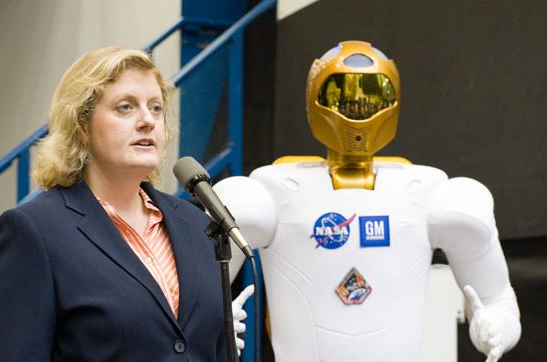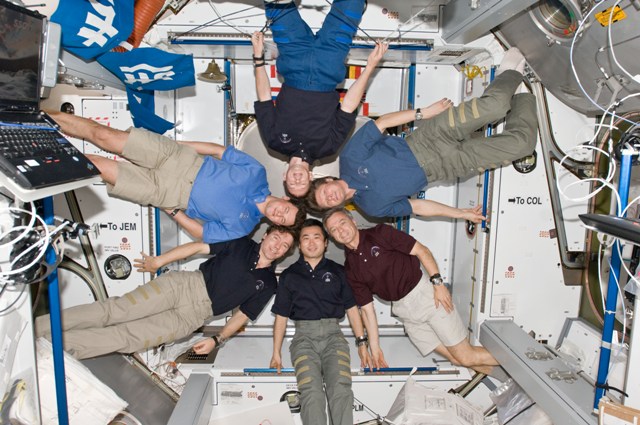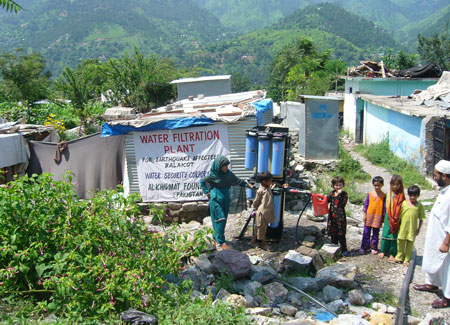This week, comments from guest blogger,medical doctor, engineer, and astronaut, Dr. David Wolf, as he reflects on tissueengineering in space.
The InternationalSpace Station National Laboratory has an edge for doing unique experiments inmedicine and biotechnology that are not possible anywhere else—we can “turnoff” gravity. As we gear up to fully use the station, the emerging field oftissue engineering is one of our high-value targets. This is a particularlypromising area of study where microgravity research has already made advancesin basic science. Indications are that further work will lead to importantapplications in clinical medicine on Earth.
Building onthe groundwork from earlier programs, biotechnology research on the spacestation, and associated ground-based research in emulated microgravity, hascreated a large body of information. This data collection demonstrates thevalue of controlled gravity systems for assembling and growing 3-Dimensional livingtissue from individual cells and substrates. The NASA-developed Space Bioreactorprovides a core in-vitro capability both in space and on Earth.
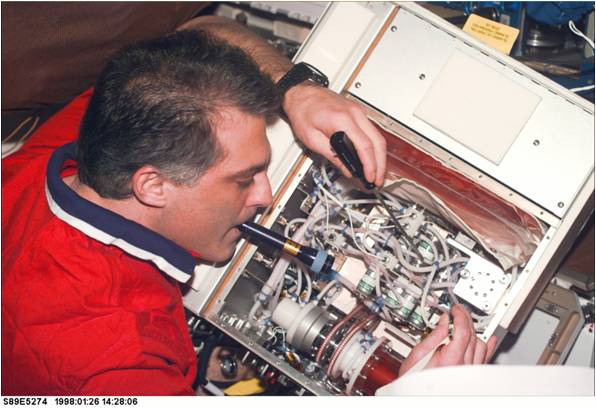
Dr. Wolf, on SpaceStation Mir, repairing a faulty valve in the Space Bioreactor,
an instrument for precisely controlling the conditions enabling the culture of 3-D
human tissues in microgravity.
(NASA image)
On Earth,these bioreactors are unique in that they are able to emulate, within limits,the far superior fluid mechanical conditions achieved in space. One may thinkof this Space Bioreactor as a 3-D petri plate. The core of the instrumentationis a rotating fluid filled cylinder, the culture vessel, producing conditionsinside resembling the buoyancy found within the womb. And much like in thehuman body, this vessel is surrounded by a life support system performing thefunctions of the heart and lung, achieving the precisely controlled conditionsnecessary for healthy tissue growth. The importance of this culturetechnique is that fluid mechanical conditions obtained in microgravity—and emulatedon Earth—allow the growth of tissues in the laboratory that cannot be grown anyother way. Emulated microgravity on Earth, and to a much greater degree, the actualmicrogravity of spaceflight enable an extremely gentle and quiescent fluiddynamic environment. The cells and substrates are free to organize into 3-Dtissues without the need to introduce disruptive suspension forces from bladesor stirring mechanisms. This leads to a broad array of applications based onenhanced in-vitro tissue culture techniques.
Theground-based versions of the Space Bioreactor produced very high fidelity colontumors for cancer research, providing strong indications of the value of actualmicrogravity, see Figure 1. Even so, when I first put space grown tissuesamples under the microscope, while aboard the Space Station Mir, I wasastounded! In my many years of experience culturing tissues, I had never seenany so well organized, so healthy, and with such fine structure. Nerve derivedtissue from the adrenal gland was forming long fronds of exceptionally delicatetissue, see Figure 2. What I was seeing could never form on Earth, even in ourstate-of-the-art systems that emulate microgravity.
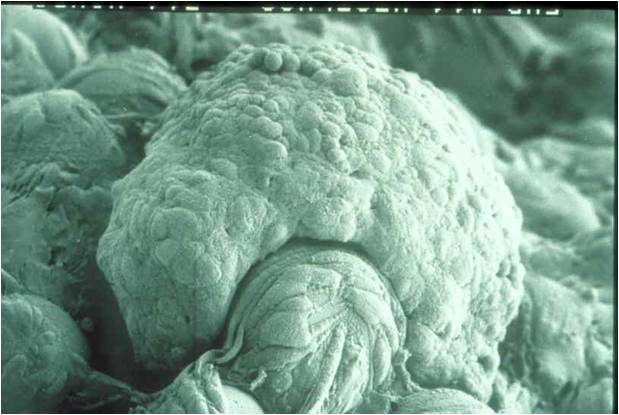
Figure 1, Anartificially produced colon cancer tumor produced
under emulated microgravity on Earth is composed of millions of
cancerous cells forming a 3-D configuration, much like that
which would form in the human body. Work conducted at NASA
in collaboration with Dr. Kim Jessup.
(Image courtesy of Dr. David Wolf)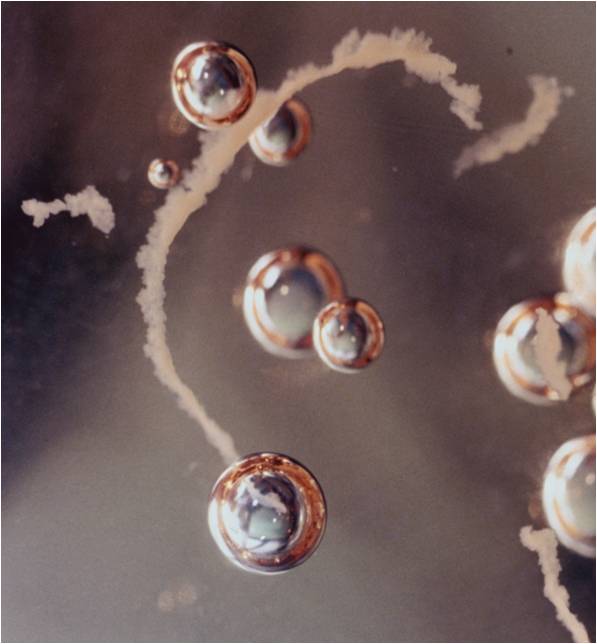
Figure 2, Neural-derivedadrenal tissue from a pheochromocytoma –
grown in actual microgravity. Photomicrograph taken by Dr. David Wolf
in work conducted on Mir in collaboration with Dr. Peter Lelkes.
(Image courtesy of Dr. David Wolf)
NASA researchin the Space Bioreactors produced over 25 U.S. patents and the technology isconsidered state-of-the-art for ground-based tissue culture. Scientists aroundthe globe from the National Institutes of Health or NIH, medical centers, and universitieshave produced numerous peer reviewed publications in highly respected journalsand even more patents based on the fundamental principles. Other actualspaceflight research has been successfully used to study breast cancer and prostatecancer. NASA has licensed its patents to spin-off companies including Synthecon, Inc., for commercialmanufacturing of the equipment, and Regenetech,Inc., for regenerative medicine and stem cell applications. These companieshave in turn sublicensed the technology even more broadly, enabling widespreaduse of this NASA-developed technology.
Researchers onEarth use this technology to study cancer, stem cells, diabetes, cartilagegrowth, nerve growth, skin, kidney, liver, heart, blood vessels, infectiousdisease—virtually every tissue in the body. The applications go much furtherthan engineering implantable tissue, to include vaccine production and living ex-vivoorganic life support systems, such as artificial livers. Researchers at the NIH,for instance, used the methods to propagate the HIV virus, responsible forAIDS, in artificial lymph node tissue—itself sustained in the bioreactor. This resultedin the ability to study the virus life cycle under controlled conditions,outside the human body.
But we arenot done. While very capable on Earth, the performance of Earth-boundbioreactors is still limited by the presence of gravity. Spaceflight testing onMir and the space shuttle demonstrate that the growth of larger, better functioning,and more organized tissue may be obtained under true low gravity conditions. Todate, the Space Bioreactor has been exploited primarily for basic research. Duringthe intervening time, the field of medicine has evolved a firm vision towardstrue regenerative tissue technology. In recent years, powerful molecular biologytechniques provided a detailed biological knowledge, which permits understandingcellular machinery almost like micro-machines. This convergence of technologywith the space station laboratory opens a new chapter for space biotechnology.
The InternationalSpace Station National Laboratory now provides an unprecedented opportunity tothe biotechnology community. Within NASA, scientists continue to work to build theinfrastructure to enable the biotechnology community; to help them take thenext steps in exploiting controlled gravity in-vitro systems. The vision is toteam together the very best minds and institutions, leveraging their abilitiesto advance regenerative medicine. Such advances can lead to improving ourquality of life on Earth and serve as a lasting legacy of the space station era.
Dr. David Wolf is anastronaut, medical doctor, and electrical engineer. Having traveled to spacefour times, Dr. Wolf participated in three short-duration space shuttlemissions and a long-duration mission to the Russian Space Station Mir. A nativeof Indianapolis, he participated in seven spacewalks, and the SLS-2 Life SciencesSpacelab Mission, logging over 4,040 hours in space. He received the NASAExceptional Engineering Achievement Medal, the NASA Inventor of the Year Award,among multiple recognitions for his work in advancing 3-D tissue engineeringtechnology.

